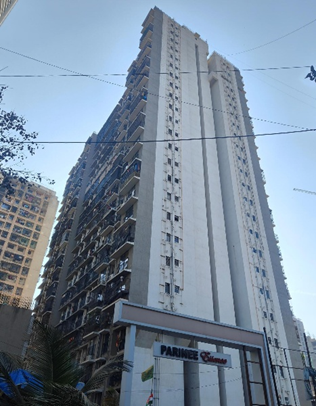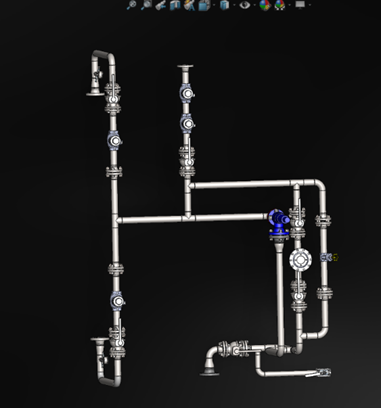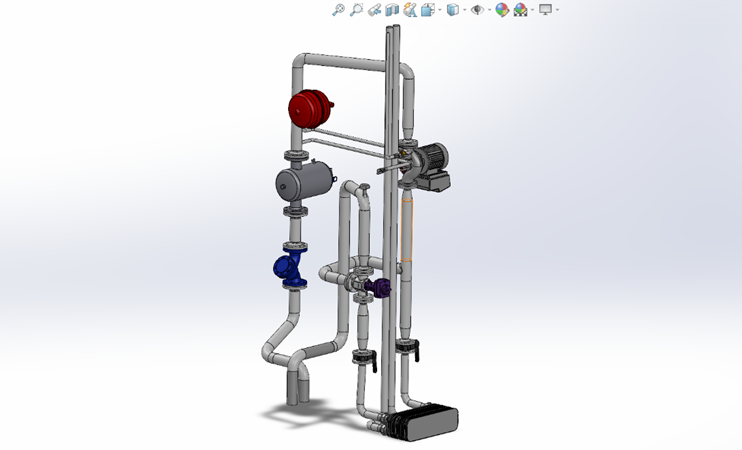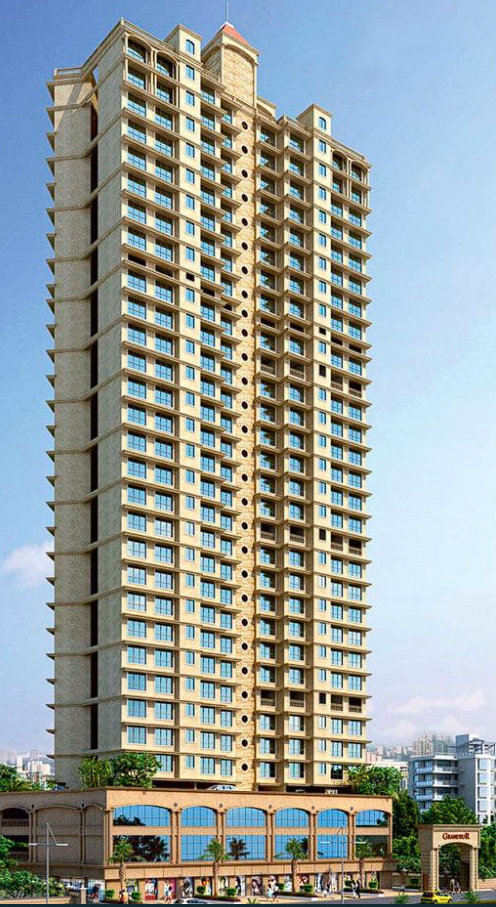Role: Mechanical Engineer, NEXUS INFRA GROUP
At NEXUS Infra Group, I was responsible for designing and implementing mechanical systems for two large-scale residential towers:
- Problem Statement:
High-rise residential towers required NBC 2016–compliant fire protection and HVAC systems. For the fire system, the challenge was meeting residual pressure requirements at the topmost hydrant (≈3.5 bar minimum) while accounting for high static lift, friction losses, and limited pump-room space. - My Solution:
- Conducted hydraulic calculations for static head, frictional losses, valve losses, and hose allowances.
- Established pump sizing criteria as follows:
- Hydrant / wet-riser main pump: 1,500–3,000 LPM (depending on tower height).
- Sprinkler pump (if separate): 1,000–2,000 LPM for typical residential/light-ordinary hazard classification.
- Combined system: sized for simultaneous governing demand (hydrant + hose allowance, or sprinkler + hose allowance).
- Hose allowance: 250–450 LPM.
- Jockey pump: ~20–60 LPM (≈1–3% of duty flow).
- Determined duty head ranges considering elevation, friction, and safety margin:
- Mid-rise towers (25–40 m): ~90–120 m.
- Taller towers (40–60 m): ~120–140 m (with zoning/terrace boosters if higher).
- Applied pump curve compliance checks:
- 150% of rated flow at ≥65% of rated head.
- Shutoff head ≈101–140% of rated head.
- Diesel standby pump equal to largest duty pump + jockey.
- For HVAC (Grandeur Residency), designed a VRF system for entrance offices to improve energy efficiency and user comfort (implementation ongoing).
- Key Deliverables/Outcomes:
- Fire system achieved 5 bar residual pressure at the topmost hydrant, passed fire authority approval, and reduced installation time via modular riser spools.
- HVAC VRF system is under installation, expected to enhance energy efficiency and provide improved thermal comfort.
- Successfully balanced code compliance, technical performance, and constructability under site constraints.
- Visuals:
- Pump system schematic with zoning (confidential ).
- Flow/pressure curve validation charts.
- Modular spool riser photos.
- Confidentiality Note:
Detailed designs are confidential and cannot be disclosed.
The HVAC system is being implemented with a proposed VRF integration aimed at improving energy efficiency and enhancing user comfort; the project is still ongoing.
- Successfully managed on-site execution during COVID, maintaining progress under severe labor constraints.
- Strengthened ability to balance code compliance, performance, energy efficiency, and constructability across multiple disciplines.


Parinee Essence 21-storey Residential building Distribution system



Designs are confidential and cannot be disclosed.